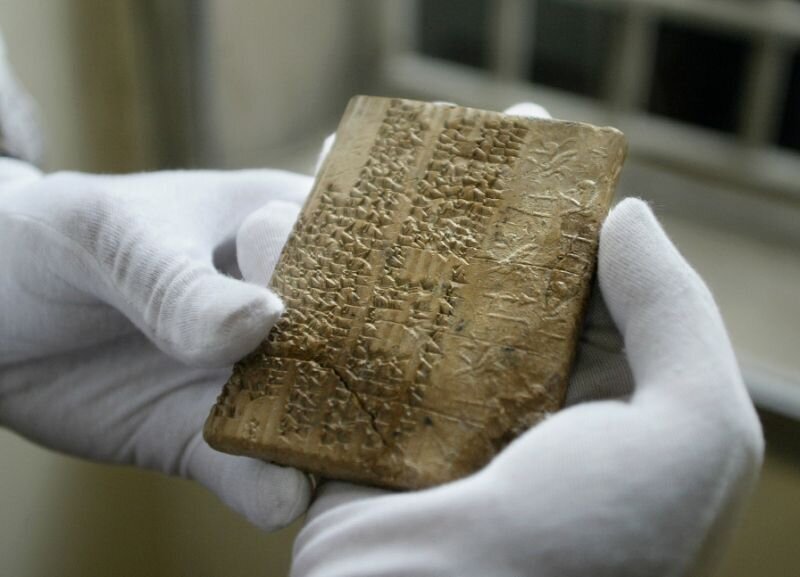Over 3,000 smuggled relics returned to Iran since August 2017: minister

TEHRAN – More than 3,000 historical objects that had been looted and smuggled out of Iran decades ago have been returned home since August 2017, when Presiden Hassan Rouhani began his second administration, tourism minister Ali-Asghar Mounesan said on Monday.
The twelfth government of the Islamic Republic of Iran has set a new [national] record for the repatriation of once smuggled historical relics by the means of cultural pursuits, [effective] diplomacy, and the legal actions, Mounesan explained.
He made the remarks during the opening ceremony of the Persian Gulf Regional Museum, which is a vast museum of cultural heritage and anthropology in the port city of Bushehr, southern Iran.
“More than 3,000 historical objects were returned to the country since the Twelfth Government took office, and these actions will be continuing,” he said.
Only in one case, over Achaemenid-era clay tablets, which were on loan from Iran to the Oriental Institute of the University of Chicago since 1935, were returned home in 2019, the official added.
In December, 49 works of ancient art that had been smuggled out of the country some four decades ago were brought back home with the aid of Swiss officials.
In February 2018, and following years of ups and downs, the fate of those ancient Persian artifacts, was left in the hands of a U.S. Supreme Court, which ruled in favor of Iran.
Archaeologists affiliated with the University of Chicago discovered the tablets in the 1930s while excavating in Persepolis, the ceremonial capital of the Persian Empire. However, the institute has resumed work in collaboration with colleagues in Iran, and the return of the tablets is part of a broadening of contacts between scholars in the two countries, said Gil Stein, director of the Oriental Institute at the University of Chicago.
The tablets reveal the economic, social, and religious history of the Achaemenid Empire (550-330 BC) and the larger Near Eastern region in the fifth century BC.
Darius I, byname Darius the Great, (born 550 BC—died 486), king of Persia in 522–486 BC, one of the greatest rulers of the Achaemenid dynasty, who was noted for his administrative genius and his great building projects. Darius attempted several times to conquer Greece; his fleet was destroyed by a storm in 492, and the Athenians defeated his army at Marathon in 490.
The Achaemenid [Persian] Empire was the largest and most durable empire of its time. The empire stretched from Ethiopia, through Egypt, to Greece, to Anatolia (modern Turkey), Central Asia, and to India.
AFM/
Leave a Comment